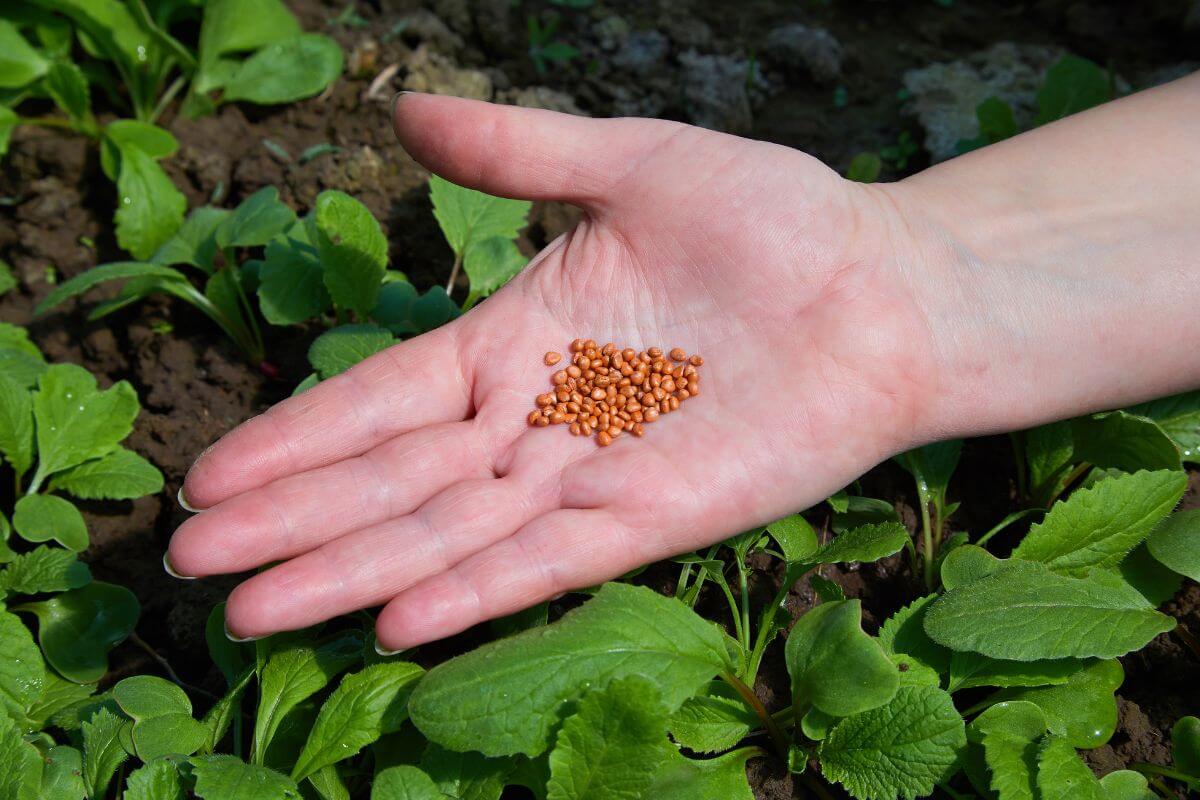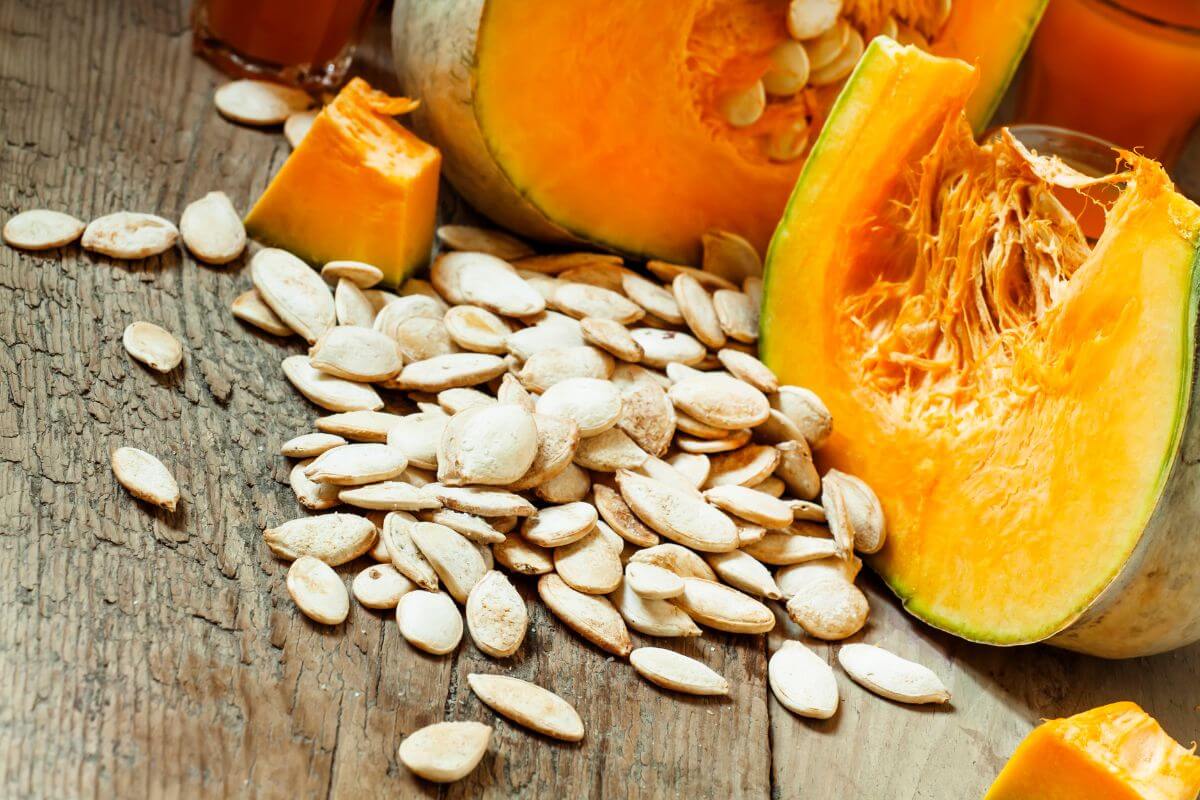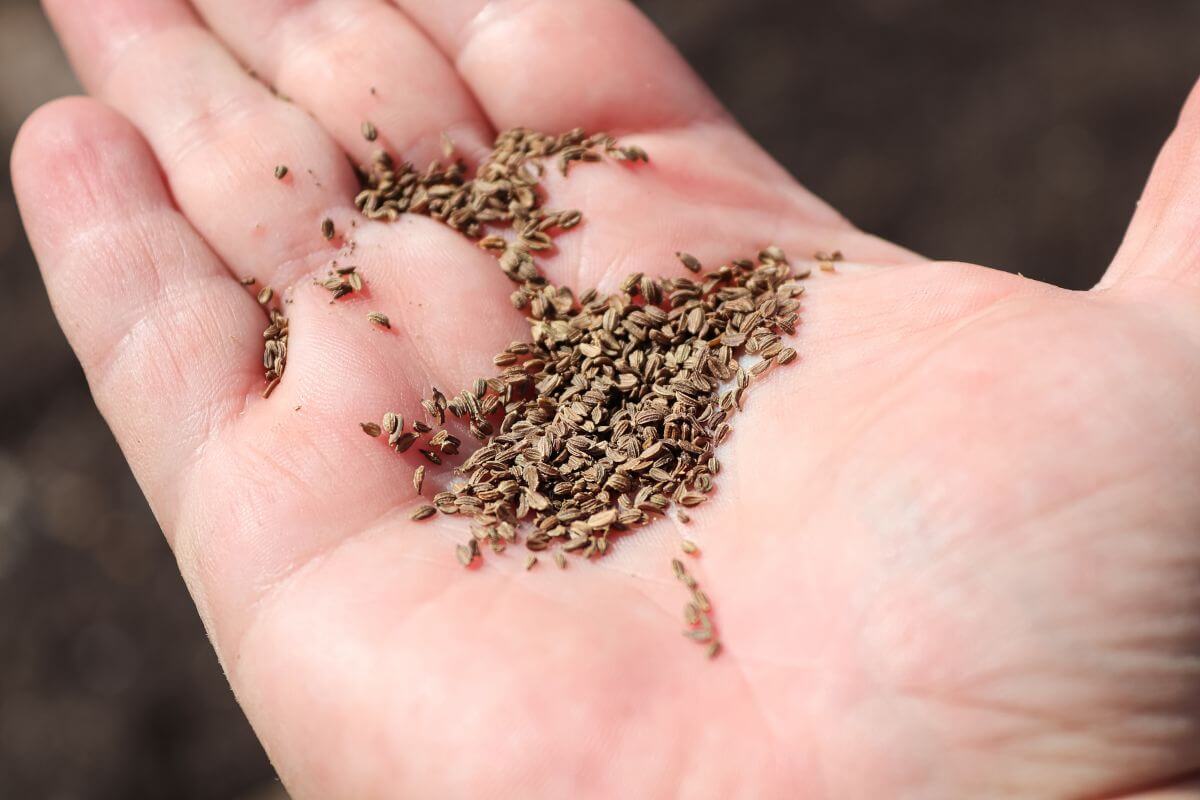Curious about how to save seeds from your favorite garden plants? Saving seeds is a fantastic way to keep your garden thriving year after year without spending extra money. Plus, it’s a rewarding practice that connects you to the roots of gardening.
We’ll explore why seed saving is important, which seeds you can save, and the best methods to store them. You’ll learn how this simple act can preserve plant diversity, empower gardeners, and even support local ecosystems by providing food for pollinators.
Ready to dive into the world of seed saving? Let’s get started and discover how you can become a more self-sufficient and eco-friendly gardener!
5 Key Takeaways on How to Save Seeds
- Saving seeds is a smart move for many reasons. It saves you money, keeps different plant types alive, and helps the environment by feeding bees and butterflies.
- Self-pollinating plants are the easiest for beginners. You can save seeds from tomatoes, beans, peas, lettuce, and peppers without much fuss. These plants don’t need special care to keep their genes pure.
- Cross-pollinated plants need more attention. Plants like cucumbers, corn, brassicas, onions, and carrots need isolation or hand-pollination to stay true to their type.
- Open-pollinated and heirloom seeds are also good choices. They grow into plants just like their parents. You can save seeds from tomatoes, peppers, beans, peas, lettuce, cucumbers, pumpkins, dill, cilantro, and fennel.
- Store your seeds the right way to keep them fresh. Keep them in a cool, dark, and dry place. The shelf life depends on the seed type.
Why Seed Saving Is Important

Saving seeds matters for a few reasons, namely:
- Helps Save Money – Seed saving saves money because you don’t need to buy new seeds each year. This is great for gardeners on a budget.
- Preserve Plants – It also helps preserve different plant types. By saving seeds, we protect special kinds like Cherokee White Eagle Corn and Brandywine tomatoes. This keeps plant variety diverse and stops the loss of different types due to large-scale farming with genetically altered crops.
- Empower Farmers and Gardeners – Saving seeds empowers gardeners and farmers. They control their seed supply without relying on big companies. This lets them adjust crops to local growing conditions and keeps food traditions alive.
- Helps Mother Nature – Saving seeds also helps bees and butterflies. More flowering plants mean more food for these helpful bugs, which keeps our environment healthy.
The Seed Savers Exchange website offers only open-pollinated seeds in its online and print catalog, as well as on The Exchange, a gardener-to-gardener seed swap.
Which Seeds Can You Save and How Do You Save Them?
Seed saving is an important aspect of gardening, offering both savings and the preservation of seed variety. Knowing which seeds to save and how to store them ensures a successful gardening season year after year.
1. Self-Pollinating Plant Seeds
Saving self-pollinating seeds is easy for home gardeners. You don’t need special treatment. Here’s a list of common plants that self-pollinate and tips on how to save their seeds:
- Tomatoes – Saving tomato seeds includes selecting fully ripe fruits, scooping out seeds, and fermenting them in water for a few days to remove the gel coating. Make sure to rinse and dry seeds thoroughly before storage.
- Beans – Allow pods to mature fully on the plant until they dry out. Shell the beans and store them in a cool, dry place.
- Peas – Leave pea pods on the plant until they turn brown and dry. Shell the peas and store them in a cool, dry place.
- Lettuce – Allow lettuce plants to bolt and flower. Once flowers fade, seeds form on dry, fluffy seed heads. Collect and store seeds in a cool, dry place.
- Peppers – Harvest fully ripe peppers, remove seeds, and dry them thoroughly on a paper towel. Store seeds in a cool, dry place away from light and moisture.
These plants are perfect for new seed savers. They need little upkeep to keep seeds true to their parent plants.
2. Cross-Pollinated Plant Seeds
Saving seeds from plants that cross-pollinate needs careful steps to keep their genes pure. Plants with male and female flowers can mix their pollen.
Here are some plants that cross-pollinate and tips to save their seeds:
- Cucurbits – This includes squash, pumpkins, melons, and cucumbers. Keep different types a quarter of a mile to 1 mile apart. Use blossom bags or hand-pollinate.
- Corn – Plant in blocks for better pollination. Keep varieties a quarter of a mile or more apart. In small spaces, use bags or hand-pollinate.
- Brassicas – This includes broccoli, cabbage, cauliflower, kale, and Brussels sprouts. Separate types by a quarter or half a mile apart. Use cages or blossom bags in small gardens.
- Onions – Keep different onion types a quarter of a mile apart. Use cages or alternate-day caging.
- Carrots – Keep different carrot types a quarter to half a mile apart. Use cages or hand-pollinate.
These steps help keep your seeds pure and ensure good crops in the future.
3. Open-Pollinated Plant Seeds

Many open-pollinated varieties and heirloom seeds are great for saving because they grow plants just like their parent. Here are some common open-pollinated vegetable seeds and how to save them:
- Open-Pollinated Tomatoes Seeds – Let the fruit get fully ripe, scoop out the seeds, ferment them in water for a couple of days, rinse, and dry well.
- Open-Pollinated Peppers – Harvest seeds from ripe peppers, spread them out, and let them dry completely.
- Open-Pollinated Beans – Let the pods dry on the plant, then take out the beans and store them.
- Open-Pollinated Peas – Wait until the pods are completely dry on the plant, then shell the peas and store them.
- Open-Pollinated Lettuce – Allow the plant to make seed heads after it bolts, then collect and dry the seeds.
- Open-Pollinated Cucumbers – To save seeds from cucumbers, let the cucumbers ripen, scoop out the seeds, ferment them in water, rinse, and dry.
- Open-Pollinated Pumpkins – Scoop out seeds from ripe pumpkins, wash off the pulp, and dry them.
- Open-Pollinated Dill, Cilantro, and Fennel – Let the flower heads dry on the plant, then gather and store the seeds.
To maintain seed purity, separate plants to prevent unintended cross-pollination, especially for species prone to crossing. Properly drying and storing seeds in a cool, dark, dry place is important for maintaining their viability.
4. Hybrid Seeds
Saving seeds from hybrid plants can be tricky because hybrids come from crossing two different parent plants, and their seeds often don’t grow into plants exactly like the parent. But you can still save and grow hybrid seeds with these tips:
- Hybrid Tomatoes – Save seeds from ripe fruits, ferment them in water for a few days, rinse, and dry well. Note that the new plants may not be exactly like the original.
- Hybrid Peppers – Harvest seeds from ripe peppers, and spread them out to dry. The new plants might vary in size, color, and taste.
- Hybrid Cucumbers – Let cucumbers get very ripe, scoop out the viable seeds, ferment, rinse, and dry. The next plants might not have the same fruit quality or quantity.
- Hybrid Squash and Pumpkins – Scoop seeds from mature fruits, wash off the pulp, and dry. Plants grown from these seeds could have different sizes, shapes, and flavors.
- Hybrid Melons – Allow melons to fully ripen, scoop out seeds, rinse, and dry. The resulting plants might taste and feel different than the parent.
When you save seeds from hybrid plants, remember that their offspring can show a wide range of traits because of the mix of genes from the parent plants.
It’s a cool experiment for gardeners, even though the results might not be the same every time.
How to Store Saved Seeds

Seeds are best stored somewhere cool, dark, and dry without direct sunlight. Seeds don’t like fluctuations in humidity or temperature.
The shelf life of seeds can vary depending on the type. Here’s how long you can store some common seeds:
| Seed Type | Shelf Life |
|---|---|
| Carrot Seeds | 1 Year |
| Bean Seeds | 3-5 Years |
| Beetroot Seeds | 2-3 Years |
| Brassica Seeds | 3-7 Years |
| Lettuce Seeds | 2-5 Years |
| Onion Seeds | 3 Years |
| Parsnip Seeds | 2 Years |
| Green Pea Seeds | 5 Years |
| Pepper Seeds | 5 Years |
| Tomato Seeds | 8 Years |
| Cucumber Seeds | 10 Years |
| Melon Seeds | 10 Years |
You can freeze seeds. But they need to be very dry. If they have water, it will expand and crack the seed. It is easier to store them in a cupboard at home.
If you have old seeds, see if they germinate before tossing them.
To check, place a few seeds on a damp paper towel. Wrap it loosely in plastic wrap to keep it damp. Put it somewhere warm. If they don’t sprout in a few days, the seeds are no good.
Final Thoughts on Seed Saving
Saving seeds ensures you get healthy plants every year. This works best with annual and open-pollinated varieties because they produce strong offspring that are just like their parent plants. To keep seeds good, pick them when they are ripe. Make sure they dry well with good airflow to avoid bad traits.
Community gardens can share saved seeds. This helps keep local plant diversity and traditions alive. If you know about hybrid parents, you can manage seed traits better. Open-pollinated plants give you reliable seeds with stable traits, which supports sustainable gardening.
Think about the seed coat and mass for the best storage. While buying seeds is easy, saving them cuts costs and helps you be self-sufficient. Store seeds in a cool, dark place. This extends their life and ensures successful gardening seasons.
Seed Saving FAQs
1. What Are the Easiest Seeds to Save?
Many plants are easy to save seeds for, but I would say one of the easiest is peas. You simply leave a few peas on the plant until the pods turn papery and brown. Then pop the seeds out and into an envelope or paper bag. They can last for up to 5 years, sometimes even longer!
2. Is It Legal to Save Seeds?
Yes, it is legal to save seeds that are wild, open-pollinated, or heirloom varieties. The only seeds that are illegal to save are owned by a large corporation. This usually only applies to farmers who buy GMO seeds. They are not allowed to save those seeds but instead must buy new seeds each year from the corporation. Seed saving in factory farming is actively discouraged.
3. How Long Do Seeds Last?
How long seeds last depends on the plant, but a rough guide is 2-5 years for most varieties. This is based on seeds that are properly harvested and stored. Some seeds will last for a shorter or longer time. For example, carrot seeds only last one year, whereas cucumber and melons can last for up to 10 years.
4. Why Are Hybrid Seeds Bad?
Hybrid seeds are not ideal seeds to save because hybrids are a mix of two selectively bred lines. Hybrid seeds will not produce plants that are the same as the parent plant where the seeds came from.
5. Is It Better to Buy Plants or Seeds?
Buying plants or seeds depends on personal preference. Open-pollinated and heirloom varieties are usually sold as seeds, but growing from seed is more work than buying plants.
Want to learn more? Discover useful tips about gardening with these related articles:

